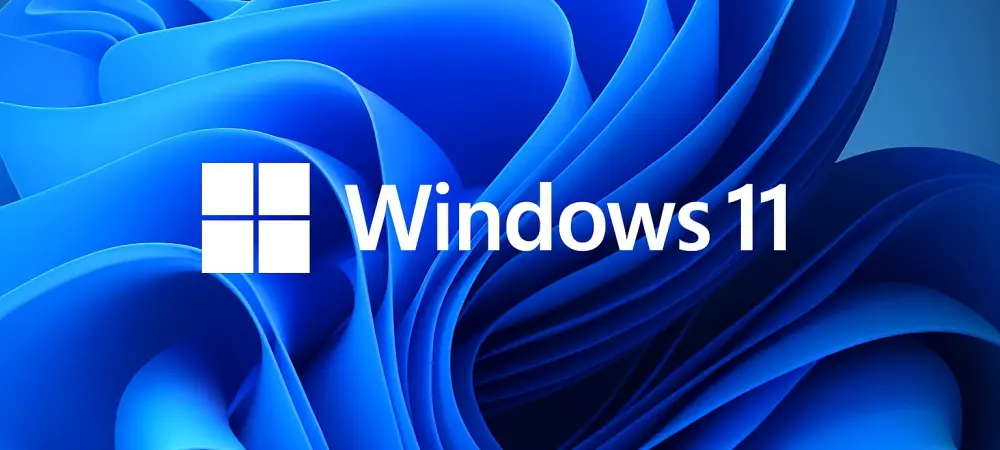There’s a widespread concern among Windows users, particularly those in business and enterprise environments: the seemingly unavoidable presence of excess applications cluttering operating systems. Windows 11’s latest version, 25##, aims to address this issue by introducing a debloating feature. This new development enables a streamlined and improved user experience by simplifying the removal of default applications. As digital workspaces move toward enhanced efficiency, this feature provides a significant step in creating more optimized operating systems.
Overview of Windows 11 Debloating Capabilities
Windows 11’s debloating feature introduces a Group Policy option designed to facilitate the removal of default Microsoft apps. This marks a fresh approach for users who have been accustomed to navigating the cumbersome task of application removal through often complex methods, such as PowerShell scripts. In many cases, these tools proved daunting for those without technical expertise, slowing productivity. By seamlessly integrating an easy-to-use Group Policy setting, Microsoft offers a solution that not only accelerates this process but also declutters digital environments, ultimately enhancing performance. Some of the more widely used apps, such as Microsoft Teams, Xbox Gaming App, Paint, and Windows Calculator, can now be effortlessly managed. Customization reaches new heights with the introduction of customizable app removal lists. This addition lends unprecedented flexibility to users, who can now tailor their system configurations to better suit specific needs. As software environments become increasingly unique to various users, the ability to modify these lists underscores the feature’s user-friendly nature and adaptability. The debloating feature opens pathways for a more personalized Windows experience, ensuring both enterprise and individual users can enjoy streamlined operations.
Innovations and Progress in Windows Debloating
Currently housed within the Dev Channel, the debloating feature represents a forward-thinking approach to new technologies. Although still undergoing testing and refinement, the presence of these capabilities in preview builds signals Microsoft’s commitment to optimizing its software solutions. Potential issues, such as orphaned shortcuts lingering in Start menus, are part and parcel of this early testing phase. Yet, they help lead to more robust enhancement processes that aim to fully realize the feature’s potential.
Despite its promising capabilities, this feature’s initial rollout doesn’t encompass all Windows 11 versions; notably, it is absent in Windows 11 Home editions. While business users can take full advantage, many wonder why this isn’t more readily accessible for non-enterprise editions. Microsoft’s advancements in the removal process illustrate a significant shift toward addressing long-term user demands for greater control over operating system customization.
Practical Applications in Business Scenarios
In enterprise settings where efficiency and security are paramount, Windows 11’s debloating solution offers noteworthy improvements. By executing swift, coordinated removal of superfluous applications, enterprise IT departments can minimize risk and optimize resource allocation. Streamlined operating systems reduce vulnerabilities and create environments where essential software can run more reliably. For businesses reliant on specific software ecosystems, the capacity to tailor application setups ensures that resource allocation aligns with operational priorities. The enhanced debloating feature thus helps bolster system performance, reducing unnecessary strain on networks and devices. Its practical implication is a testament to Microsoft’s focus on addressing the varied needs of enterprise clientele.
Obstacles and Constraints
Certain challenges persist as the debloating feature continues to evolve. Technical issues, such as leftover shortcuts in the Start menu, present minor yet notable hurdles during current testing phases. These challenges emphasize the necessity for ongoing refinement to ensure a seamless user experience upon widespread release.
A notable limitation is the unavailability of this Group Policy setting for Windows 11 Home users. Its restricted access has raised questions about Microsoft’s approach to equitable feature distribution. By addressing these limitations, Microsoft can further solidify its debloating function as a universal solution within its operating system suite.
Future Perspectives and Opportunities
The ongoing development of Windows 11’s debloating feature sets promising precedents for future enhancements. Upcoming iterations could further refine function capabilities, expand available customizable lists, and mitigate initial technical challenges observed. Developers have an opportunity to consider user feedback and optimize these strides toward more intuitive interface designs.
These anticipated updates might herald more innovative paths for operating systems, potentially influencing broader industry standards. With Microsoft’s proactive efforts to understand and resolve user concerns, the debloating feature is expected to enhance user satisfaction and streamline software ecosystems in the foreseeable future.
Final Assessment
The Windows 11 debloating feature presents a meaningful opportunity to enhance user experiences by simplifying application management and optimizing system performance. Despite initial shortcomings, such as limited edition availability and minor Start menu concerns, it signals a significant step toward user empowerment and flexibility. The various benefits this feature brings, when fully realized, could set new benchmarks in both individual and enterprise technology management, highlighting Microsoft’s commitment to continuous improvement and customer-focused solutions.

